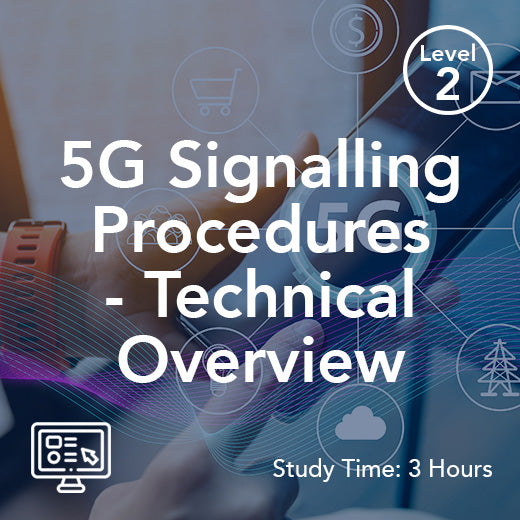Firewire
- , by Stephanie Burrell
- 2 min reading time
IEEE 1394 olarak da bilinen FireWire, telekomünikasyon ve dijital bağlantı alanında önemli bir rol oynayan yüksek hızlı bir veri aktarım teknolojisidir. 1990'larda ortaya çıkan FireWire, cihazların birbirleriyle iletişim kurma biçiminde devrim yaratarak, önceki nesillere kıyasla daha hızlı veri aktarım hızları ve gelişmiş performans sunmuştur. Özellikle telekomünikasyon sektöründeki Birleşik Krallık'taki kitle üzerindeki etkisi derin olmuş, teknolojiyle etkileşim biçimimizi şekillendirmiş ve sayısız cihaz arasında kesintisiz bağlantı sağlamıştır.
FireWire'ın Birleşik Krallık telekomünikasyon sektöründe benimsenmesi, dijital bağlantının evriminde önemli bir dönüm noktası oldu. Yüksek hızlı veri aktarım yetenekleri, gerçek zamanlı iletişimin çok önemli olduğu telekomünikasyon sektöründe hayati bir gereklilik olan büyük miktarda veriyi verimli bir şekilde iletmek için ideal bir seçim haline getirdi. Multimedya içerik aktarımından yüksek hızlı internet bağlantılarını kolaylaştırmaya kadar FireWire, genel kullanıcı deneyimini geliştirmede ve telekomünikasyon sektöründe inovasyonu yönlendirmede önemli bir rol oynadı.
FireWire'ın temel avantajlarından biri, birden fazla cihazı papatya zinciri şeklinde birbirine bağlayarak sorunsuz iletişim kurabilen, birbirine bağlı cihazlardan oluşan bir ağ oluşturma yeteneğiydi. Bu özellik, iletişim ağlarının sorunsuz çalışması için birbirine bağlı sistemlere duyulan ihtiyacın kritik önem taşıdığı telekom sektöründe özellikle faydalıydı. Cihazların papatya zinciri şeklinde birbirleriyle iletişim kurmasını sağlayarak FireWire, birden fazla cihazı bağlama ve veri aktarım süreçlerini basitleştirerek, telekom ağlarının verimliliğini ve güvenilirliğini artırdı.
Dahası, FireWire'ın sıcak değiştirme özelliği, kullanıcıların sistemi kapatmadan cihazları bağlayıp çıkarmasına olanak tanıdı; bu da hızlı tempolu telekomünikasyon sektöründe oldukça değer verilen bir kolaylıktı. Bu özellik, yalnızca zamandan tasarruf sağlamakla kalmadı, aynı zamanda kullanıcıların devam eden operasyonları aksatmadan kurulumlarında hızlı değişiklikler yapmalarına olanak tanıyarak üretkenliği de artırdı. Kesintilerin önemli sonuçlar doğurabildiği bir sektörde, FireWire'ın sıcak değiştirme özelliği, kullanıcılara daha önce hiç duyulmamış bir esneklik ve kolaylık düzeyi sağlayarak oyunun kurallarını değiştirdi.
Ayrıca, FireWire'ın yüksek veri aktarım hızları, onu video ve ses akışları gibi multimedya içeriklerinin gerçek zamanlı iletimi için ideal bir seçenek haline getirmiştir. Bu özellik, yüksek kaliteli multimedya içeriğine olan talebin sürekli arttığı telekomünikasyon sektöründe özellikle avantajlıdır. Multimedya verilerinin sorunsuz aktarımını sağlayarak FireWire, telekomünikasyon ağları üzerinden yüksek çözünürlüklü video ve ses içeriğinin iletimini kolaylaştırmış, genel kullanıcı deneyimini geliştirmiş ve hem içerik oluşturucular hem de tüketiciler için yeni olanaklar sunmuştur.
Sonuç olarak, FireWire, cihazların iletişim ve veri aktarım biçiminde devrim yaratarak, özellikle telekom sektöründe, Birleşik Krallık izleyici kitlesinde silinmez bir iz bırakmıştır. Yüksek hızlı veri aktarım yetenekleri, papatya zinciri işlevi, sıcak değiştirme özelliği ve multimedya içerik desteği, onu dijital bağlantı alanında değerli bir varlık haline getirmiştir. Teknoloji gelişmeye ve daha hızlı, daha verimli veri aktarım çözümlerine olan talep artmaya devam ettikçe, FireWire'ın mirası, telekomünikasyon sektörü ve ötesindeki kalıcı etkisinin bir kanıtı olarak yaşamaya devam etmektedir.

































